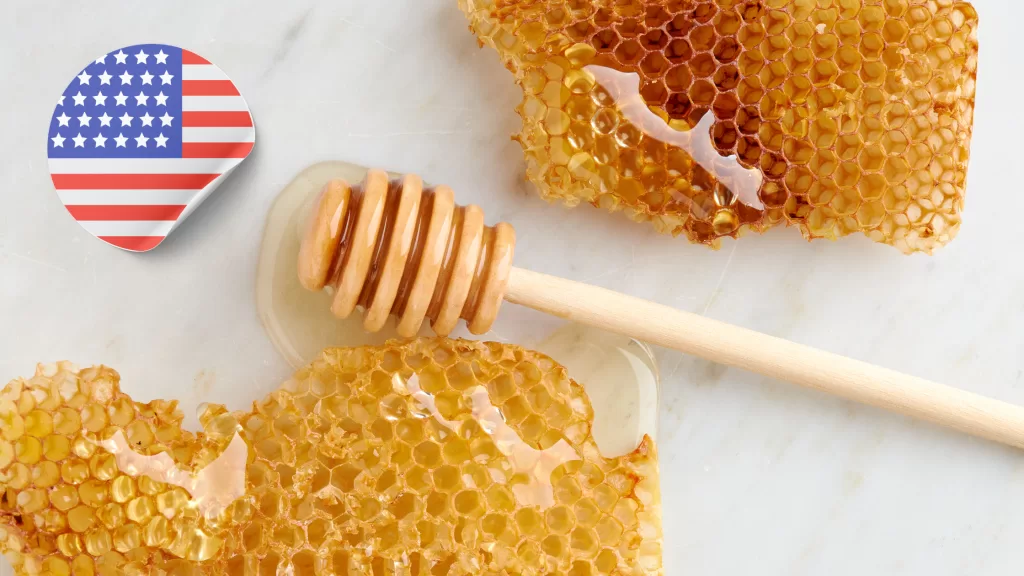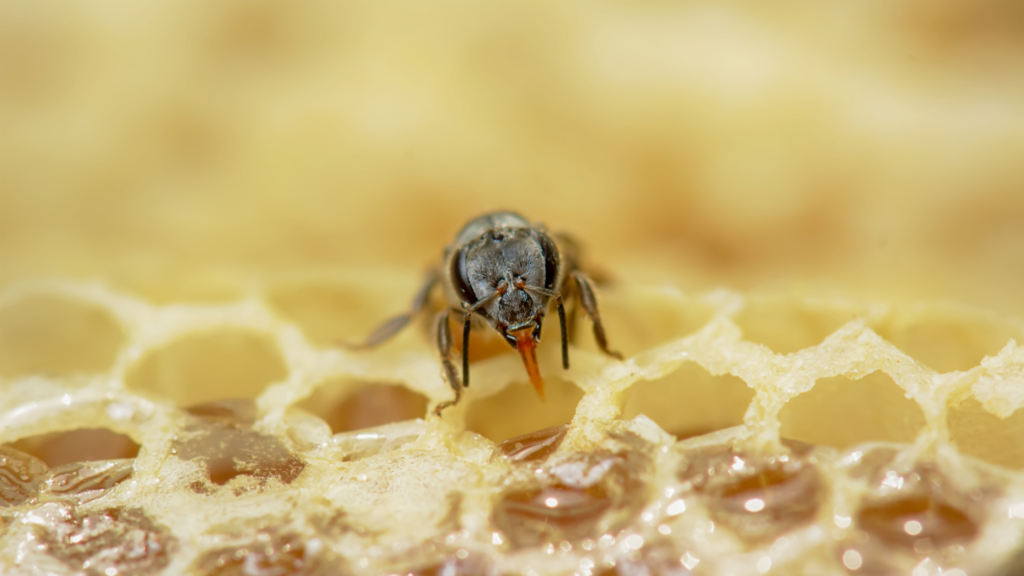Natural Remedies
Natural Remedies: Honey's Role in Home Remedies for Common Ailments
For centuries, honey has been treasured not only for its delectable taste but also for its medicinal properties. From soothing a sore throat to aiding in wound healing, honey has been a staple ingredient in various home remedies for common ailments. In this article, we will explore the role of honey in natural remedies, discussing its therapeutic benefits, key properties, and specific remedies for different health concerns.
Natural Remedies:
Honey is more than just a sweet treat; it offers a range of therapeutic benefits that make it a valuable addition to home remedies:
- Antibacterial Properties: Honey contains natural antibacterial compounds, such as hydrogen peroxide and phenolic compounds. These properties help fight against bacteria, making honey an effective remedy for minor infections and wound healing.
- Soothing and Anti-Inflammatory Effects: The viscous texture of honey helps soothe irritated tissues, providing relief from various discomforts. Additionally, honey’s anti-inflammatory properties can help reduce inflammation and swelling.
- Antioxidant Power: Honey is rich in antioxidants, which help protect cells from oxidative stress and support overall health and well-being.
- Nutritional Value: Honey contains vitamins, minerals, enzymes, and amino acids, providing nourishment and supporting the body’s natural healing processes.
- Sore Throat: Honey has long been used as a natural remedy for soothing a sore throat. Mix a tablespoon of honey with warm water or herbal tea, and sip slowly to relieve discomfort and alleviate coughing.
- Cough and Cold: Honey can help ease cough symptoms and provide relief from a common cold. Mix honey with lemon juice or warm water to create a soothing drink or add it to herbal cough syrups for its natural cough-suppressing properties.
- Wound Healing: Honey’s antibacterial and wound-healing properties make it an excellent remedy for minor cuts, burns, and abrasions. Apply a thin layer of honey to clean wounds to promote healing and prevent infection.
- Digestive Health: Honey can aid in digestive health by soothing the digestive tract and promoting a healthy gut. Consuming a teaspoon of raw honey or adding it to warm water can help alleviate indigestion and promote regularity.
- Skin Care: Honey’s moisturizing and antibacterial properties make it beneficial for various skin conditions. Apply honey topically to dry, irritated skin or mix it with other natural ingredients to create homemade masks or cleansers.
- Allergies: Some people believe that consuming local raw honey can help alleviate allergy symptoms. The theory is that exposure to small amounts of local pollen through honey consumption can desensitize the body’s immune response.
When using honey for home remedies, keep the following tips in mind:
- Opt for Raw, Unprocessed Honey: Raw honey retains more of its beneficial compounds as it hasn’t undergone extensive processing or heating. Look for locally sourced honey whenever possible.
- Use Caution for Infants: Honey is not recommended for infants under one year old due to the risk of botulism, a rare but serious illness.
- Quality and Storage: Store honey in a cool, dry place in a tightly sealed container to maintain its quality. Over time, honey may crystallize, but this doesn’t affect its medicinal properties.
- Allergy Precautions: While honey is generally safe, those with allergies to bees or pollen should exercise caution and consult a healthcare professional if uncertain.
Honey has a long-standing history as a natural remedy for various ailments. Its antibacterial, soothing, and healing properties make it a valuable ingredient in home remedies. Whether it’s soothing a sore throat, aiding in wound healing, or supporting digestive health, honey offers numerous therapeutic benefits. Embrace the power of nature’s golden elixir and incorporate honey into your home remedies, harnessing its medicinal properties for common ailments in a safe and natural way. However, it’s always advisable to consult a healthcare professional for severe or persistent health concerns.
More From The Hive:

A Comprehensive Guide to Australian Honey: Types, Production, and Benefits
Australia is home to some of the world’s finest honey, known for its unique flavors, exceptional quality, and health benefits. Thanks to its diverse flora and pristine natural environment, Australia produces honey that reflects the rich biodiversity of its landscapes. Whether it’s the famous Manuka honey from the Leptospermum trees

An In-Depth Guide to Honey in the United States of America (USA): Types, Production, and Benefits
Honey, one of nature’s sweetest treasures, has been an integral part of human diets and cultures for thousands of years. In the United States of America (USA), honey production is not only a thriving industry but also a testament to the country’s diverse ecosystems. From the tropical blossoms of Florida

The Small Honey Bee (Apis florea): A Comprehensive Guide to One of Nature’s Tiny Pollinators
The Small Honey Bee, scientifically known as Apis florea, is one of the lesser-known species of honey bees, yet it plays a vital role in the ecosystems of Asia and parts of the Middle East. Despite its size, the Apis florea bee is a remarkable pollinator, and its unique biology

Exploring the Sweet Diversity of Canadian Honey: A Guide to Types and Flavors
Canada is home to a rich tapestry of landscapes and climates, each contributing to the unique flavors and types of honey produced across the country. From the prairies of Alberta to the forests of British Columbia, Canadian honey reflects the diverse flora that bees visit. In this blog, we will

The Rock Honey Bee (Apis laboriosa): Guardians of the Himalayan Honey
The Rock Honey Bee (Apis laboriosa) is an awe-inspiring species that thrives in the rugged landscapes of the Himalayas, where it builds massive nests on vertical cliffs. Known for producing highly prized wild honey and for its ability to endure extreme mountain conditions, this bee species has captivated researchers, beekeepers,

The Giant Honey Bee (Apis dorsata): Nature’s Fearless Honey Maker
The Giant Honey Bee, scientifically known as Apis dorsata, is a remarkable species native to South and Southeast Asia. Known for its impressive size, bold temperament, and incredible honey-producing capabilities, this bee plays a crucial role in the ecosystem and supports human livelihoods. Despite its importance, the Giant Honey Bee
